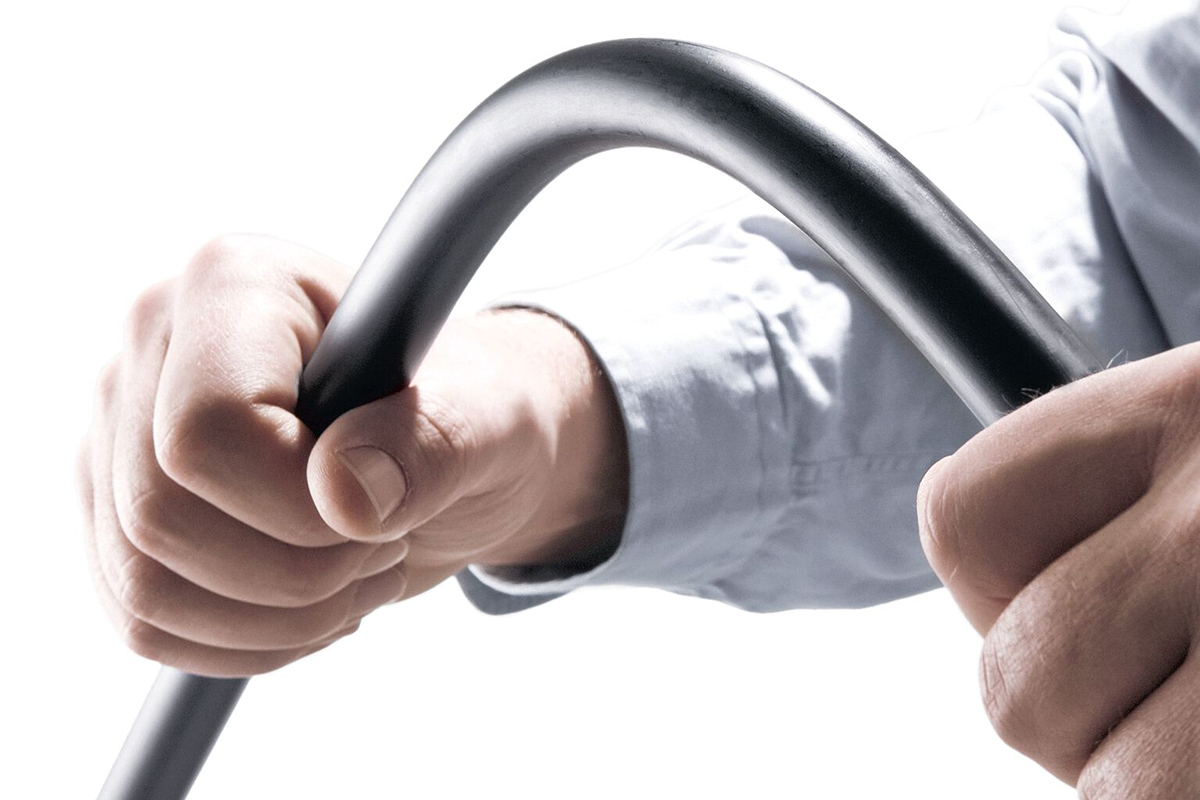
Multi-layer piping solutions offer a flexible, single solution for a wide range of applications, combining the advantages of plastic and metal piping systems. Antony Corbett, product applications engineer at Geberit and a technical representative of the British Plastics Federation – Pipes Group, explores the benefits.
We all know the pressure that construction projects are under in the current climate. Construction output prices continue to rise – up 6.2% in the 12 months to December 2021, according to the Office for National Statistics – and with rising costs, it becomes more important to deliver projects on-time and on-budget. Consequently, getting it right first time is critical to help cut installation time and minimise project costs. That starts with correct material selection.
For heating and plumbing engineers, one of the most important choices to make is in the material for pipes supplying water around a building. Getting this wrong can lead to costly repairs. It could result in faulty fittings and leakages, corrosion and even hygiene issues such as limescale build-up and risk of Legionella. This is before considering the cost of rectifying incorrect choices across projects.
Changing material trends
Copper and plastics have both proven their worth over the years for hot and cold potable water supply systems.
Copper offers benefits including inherent strength and stability, resistance to the effects of heat and pressure, as well as hygiene properties. It has been used extensively since the 1940s (and particularly since the 1969 ban on lead piping) and remains a common choice for many engineers.
Some tradespeople have switched to plastic piping, which is flexible, inexpensive, easy to install and impacted less by freezing.
Multi-layer piping systems are becoming increasingly popular – combining the benefits of metals and plastics, delivering a strong and flexible solution.
Conscious of the need to make highly considered early choices and driven by key factors such as cost, reliability and ease of installation, plumbers on both small to medium sized projects are considering this adaptable all-rounder – which is suitable for a broad scope of applications.
Delivering project benefits
Multi-layer pipework is not a new solution. In fact, the first multi-layer composite pipes were introduced to the UK market over 40 years ago. With greater discussion over materials selection and increased awareness of the benefits, it is proving to be an effective all-rounder that can overcome the challenges faced on projects.
The product typically consists of three main layers: an outer plastic layer usually made of polyethylene, followed by a central aluminium layer, ensuring that the pipe can be bent into position and remain in shape, and finally a final plastic inner, usually made from the same or similar material to the outside layer.
Multi-layer piping is corrosion-resistant, hygienic and the aluminium layer offers a barrier to oxygen diffusion through the pipe wall. This minimises the risk of damage from corrosion elsewhere in the system. It offers reduced thermal expansion requirements due to the metal layer, is a poor heat conductor and has low intrinsic scrap value too, reducing the risk of theft from site which remains a concern for some in the industry.
Crucially, it delivers a system which is stronger and more durable than plastic piping, yet lighter and more flexible than metal options. This winning combination not only ensures a more efficient installation, but also overcomes many of the specification challenges that could lead to errors or faults later down the line. With new technologies including press-fit innovations constantly in development, the solution will only improve.
Updating standards
I have seen the shift towards multi-layer piping at first hand, not only through commercial sales at Geberit but through an increased focus from the British Plastics Federation Pipes Group.
As a trade federation it is our responsibility to ensure that these standards are understood and updated in line with changing industry trends and we ensure multi-layer piping is included. The focus is on making sure multi-layer piping products and systems are correct for the marketplace and that installers are aware of how they can and should be using such products for various applications.
Ultimately, this is happening because multi-layer piping is a proven technology, here to stay and with a host of benefits for heating engineers across a wide range of projects.












